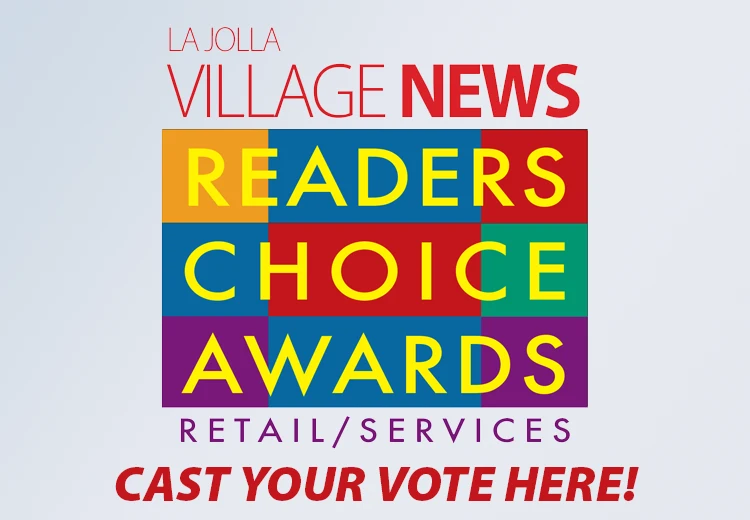
Essays have traditionally been a staple of academic assessment, requiring students to demonstrate their knowledge and analytical skills through structured, text-based arguments. However, as technology becomes increasingly integrated into educational practices, there’s a notable shift towards more dynamic and interactive formats. One such innovation is the multimedia essay, which incorporates various digital elements such as video, audio, and interactive graphics.
For students navigating this new terrain, mastering multimedia essays can be challenging. Many turn to an online paper writing service for assistance in writing compelling essays. In this guide, you’ll get expert tips on what a multimedia essay is, why it has become a trend, and how to create a winning essay.
The Evolution of Essay Writing
The academic essay has evolved significantly over the centuries, from the rigid, text-based documents of the past to today’s more flexible and visually engaging assignments. Initially, essays were primarily used to test a student’s ability to argue logically and coherently in writing. However, with the advent of new media technologies, educators began to see the potential for expanding this format. The rise of the internet and digital media tools has particularly accelerated this evolution, encouraging the integration of multimedia elements that cater to a more digital-savvy generation of students.
Defining Multimedia Essays
A multimedia essay differs from traditional essays in that it includes elements such as video clips, audio tracks, animations, and hyperlinks in addition to written text. These elements are not merely decorative but are integral to the argument or narrative of the essay, providing a richer context and allowing for a more nuanced exploration of topics.
For instance, a student writing about modern art techniques might embed video demonstrations or virtual reality tours of art galleries to illustrate key points better. Such essays require skills in writing and competencies in media production and digital storytelling.
Benefits of Multimedia Essays
Integrating multimedia elements into essays can significantly enhance the learning experience for students. Here are five key benefits:
- Increased Engagement: Multimedia essays capture the interest of students better than text-only formats. Videos, audio clips, and interactive elements in the learning process help retain attention and improve comprehension.
- Development of Digital Literacy: As students create and manipulate digital content, they acquire valuable skills in digital communication and media production. These skills make students more versatile and employable.
- Accommodation of Diverse Learning Styles: Multimedia essays cater to various learning preferences. Visual learners, for example, might benefit from diagrams and videos, while auditory learners can gain more from podcasts and recorded interviews included in the essays.
- Enhanced Demonstrative Capabilities: Multimedia allows students to demonstrate their understanding and analysis of a topic through multiple modes of communication. This can be particularly beneficial in subjects where dynamic or visual content can convey complex ideas more clearly than text alone.
- Creativity and Innovation: By merging different forms of media, students are encouraged to think creatively and explore new ways of expression and argumentation.
Expert Insights on Crafting Multimedia Essays
Writing a multimedia essay requires traditional writing skills and an understanding of various digital tools and media elements.
- Start with a Clear Plan: Outline your main points and decide where videos, audio clips, images, or interactive elements will best support your argument. This helps ensure that the multimedia components are purposefully aligned with the text and contribute to the overall thesis.
- Choose Appropriate Media for Your Message: Each media type should enhance the storytelling or argumentative aspect of your essay. For example, you can use video to show action or convey personal stories, audio for setting a tone or providing expert insights, and infographics for illustrating complex data.
- Ensure Media Quality: The effectiveness of a multimedia essay heavily relies on the quality of the media used. Poorly produced videos, unclear audio, and low-resolution images can detract from the credibility and professional appearance of your work.
- Maintain Accessibility: It’s crucial to ensure that your multimedia essay is accessible to everyone, including individuals with disabilities. Incorporate video captions, offer text explanations for visual elements, and confirm that interactive components can be used with assistive technology devices.
- Integrate Seamlessly: The integration of text and media should be seamless, with each component flowing naturally into the next. Avoid jarring transitions or disjointed segments that can confuse the reader.
Future Projections
As multimedia essays continue to gain traction in educational settings, experts anticipate several future trends that could further influence their development and implementation. First, it is anticipated that virtual and augmented reality components will be included in essays. Additionally, AI-driven tools are expected to become more prevalent. They offer students sophisticated aids in editing video and audio content, as well as in analyzing and synthesizing information from multiple sources.
The role of social media might expand, too, with platforms potentially serving as both sources and venues for multimedia academic projects. Besides, students will continue to rely on the best essay writing services to craft their essays. Finally, as educational institutions enhance their technological infrastructure, we may see a democratization of multimedia tools, potentially reducing the digital divide.
Conclusión
The progression towards multimedia essays in educational settings marks a significant evolution in how students communicate and express their knowledge. These essays accommodate various learning preferences and provide students with critical digital literacy skills, which are becoming essential in today’s job market. With continuous advancements in technology and educational methodologies, multimedia essays are set to redefine the paradigms of academic writing, encouraging creativity and critical thinking in students. As this trend progresses, it will undoubtedly open up new avenues for educational engagement and innovation.












